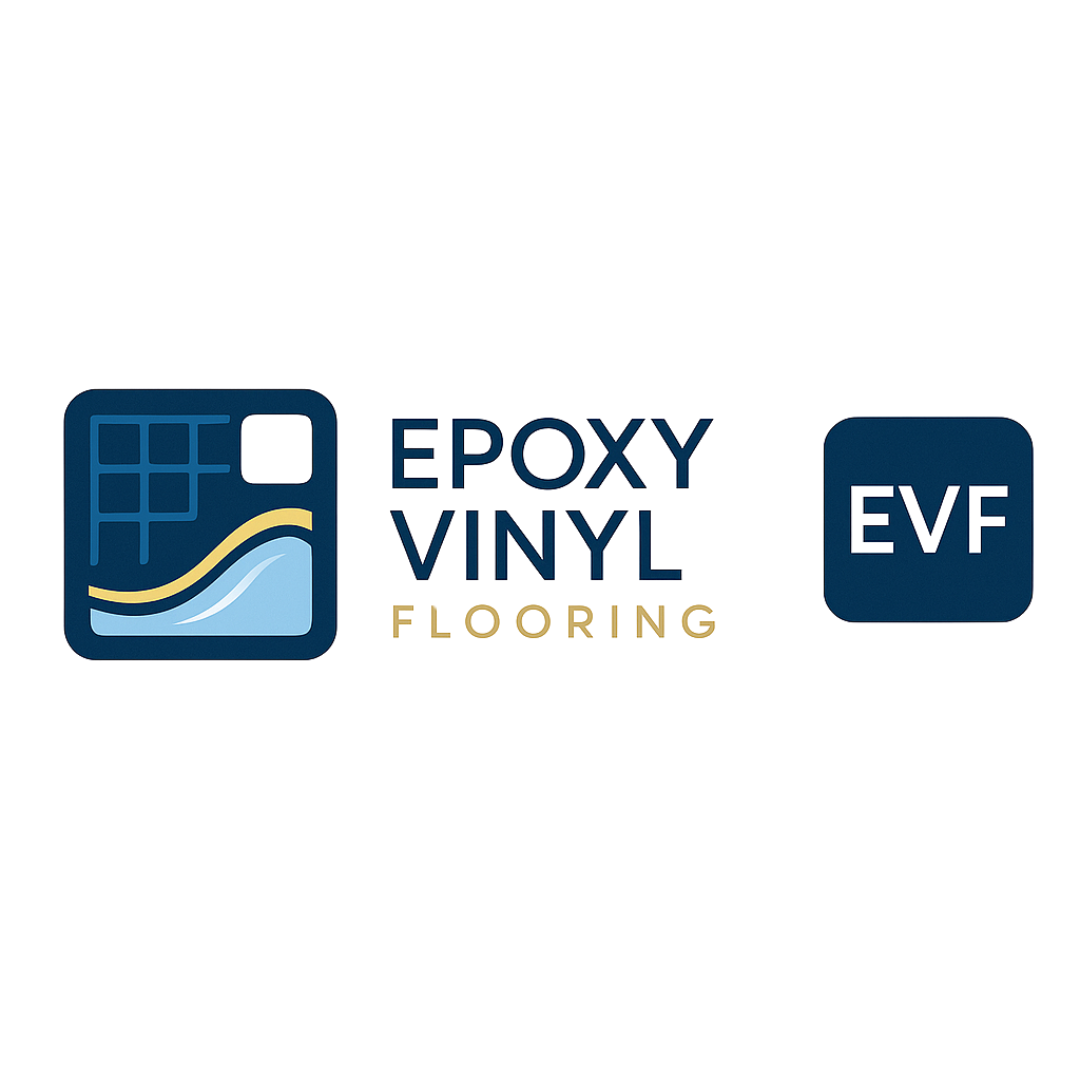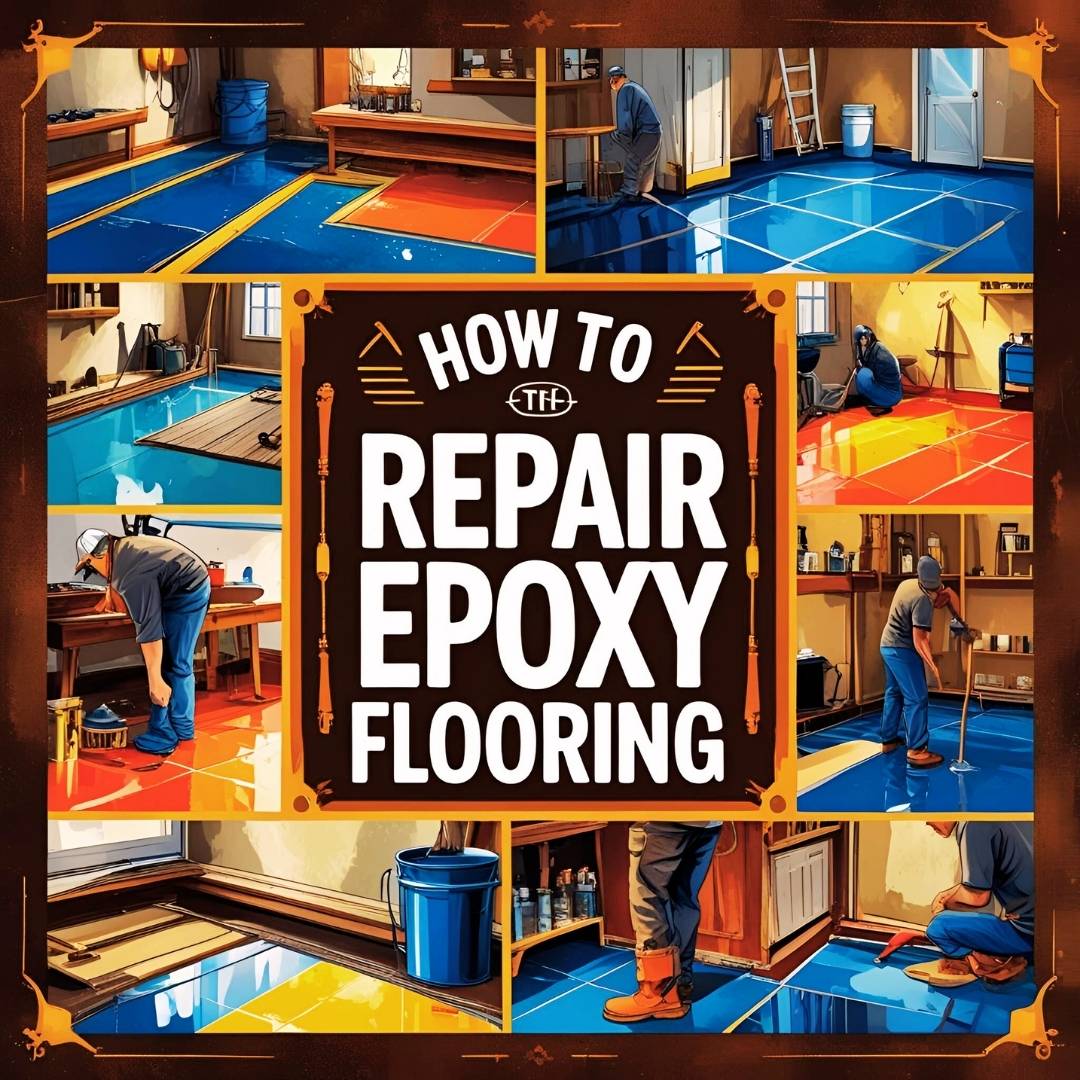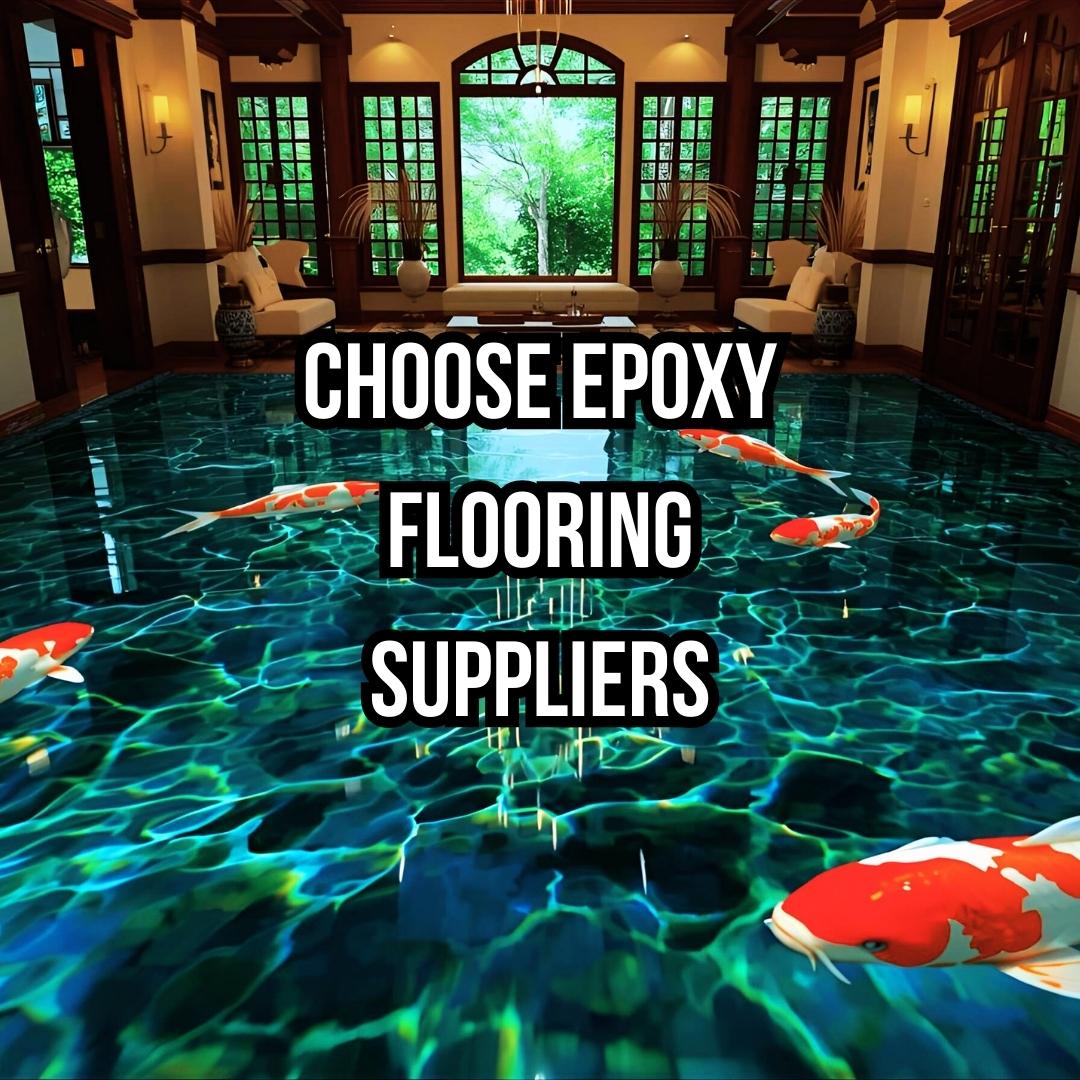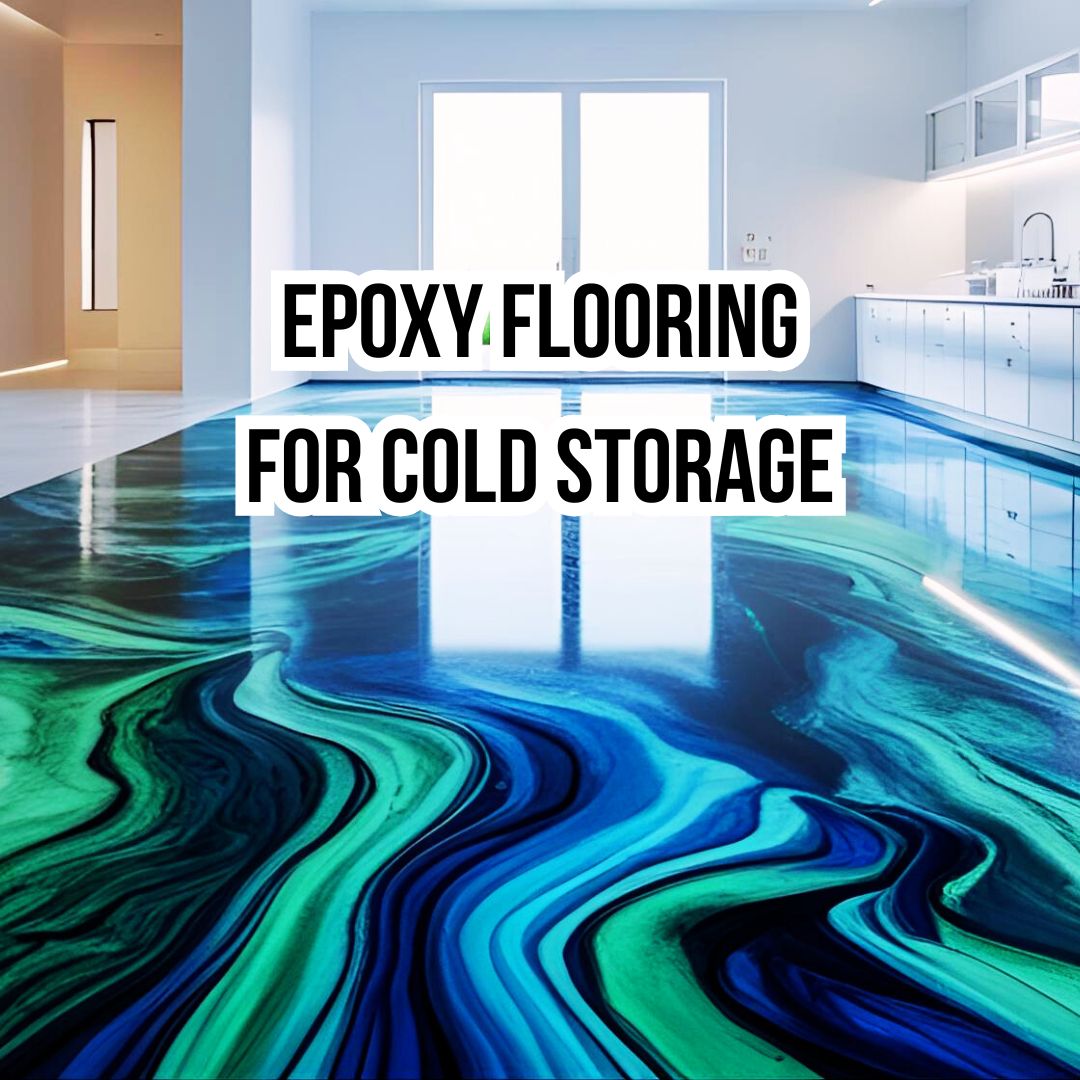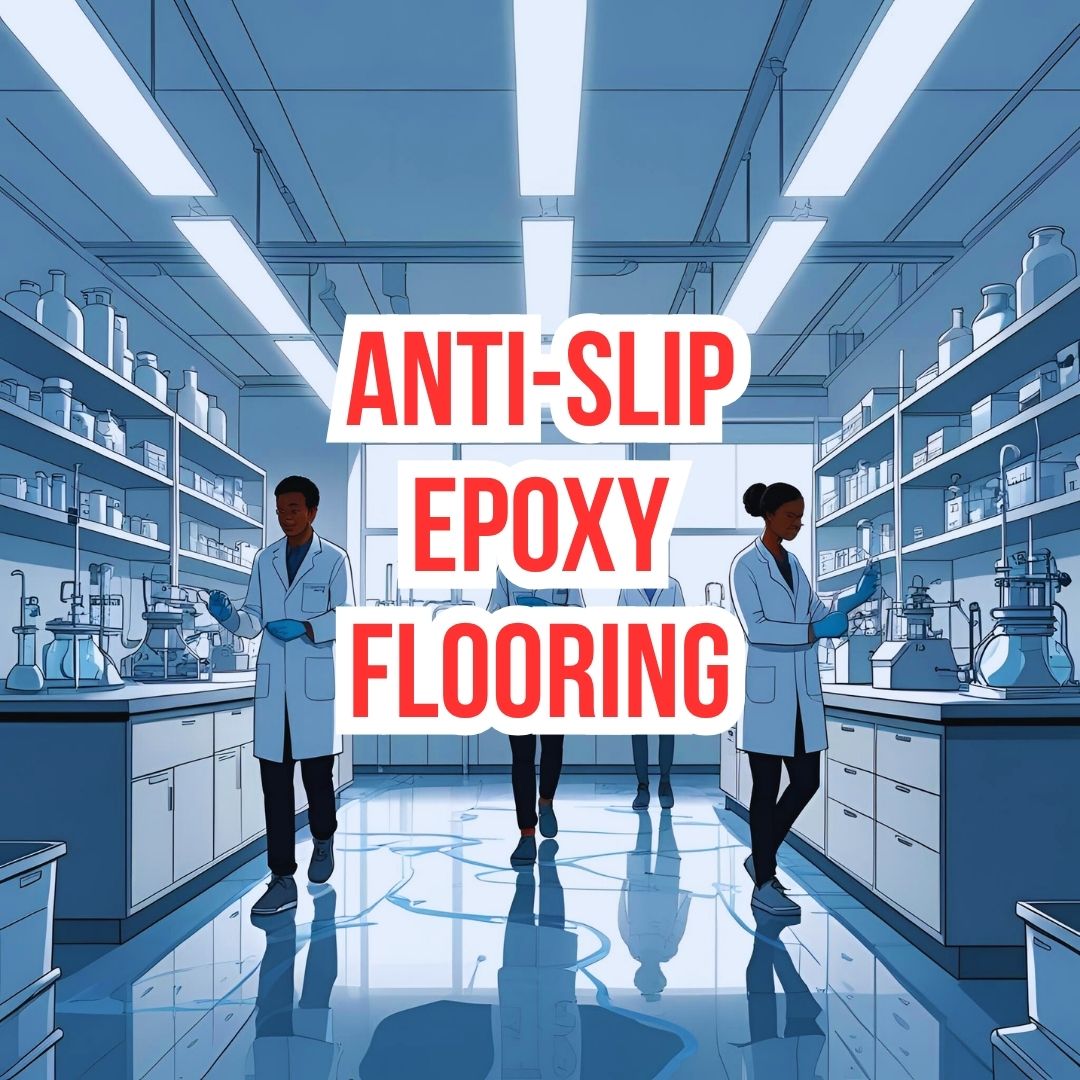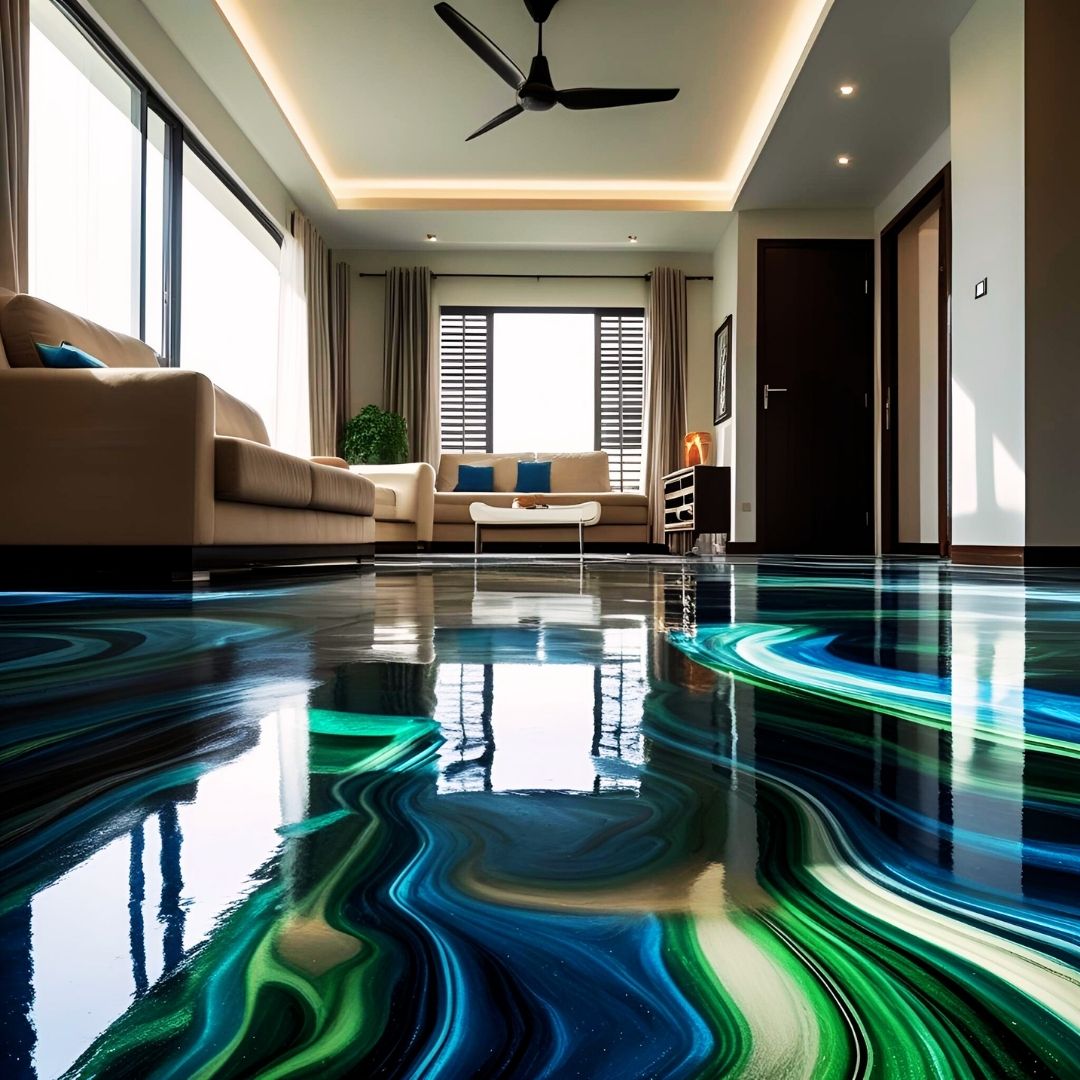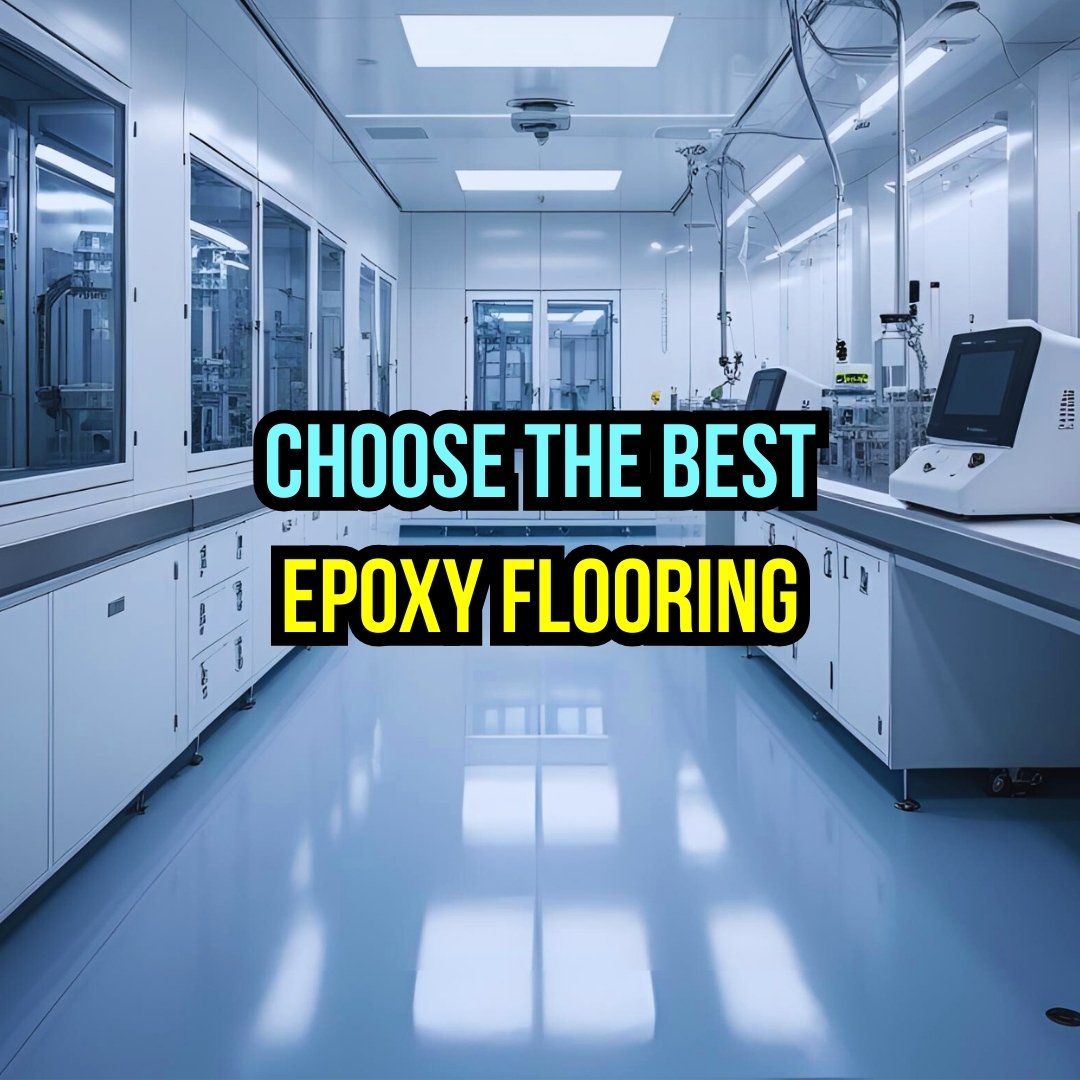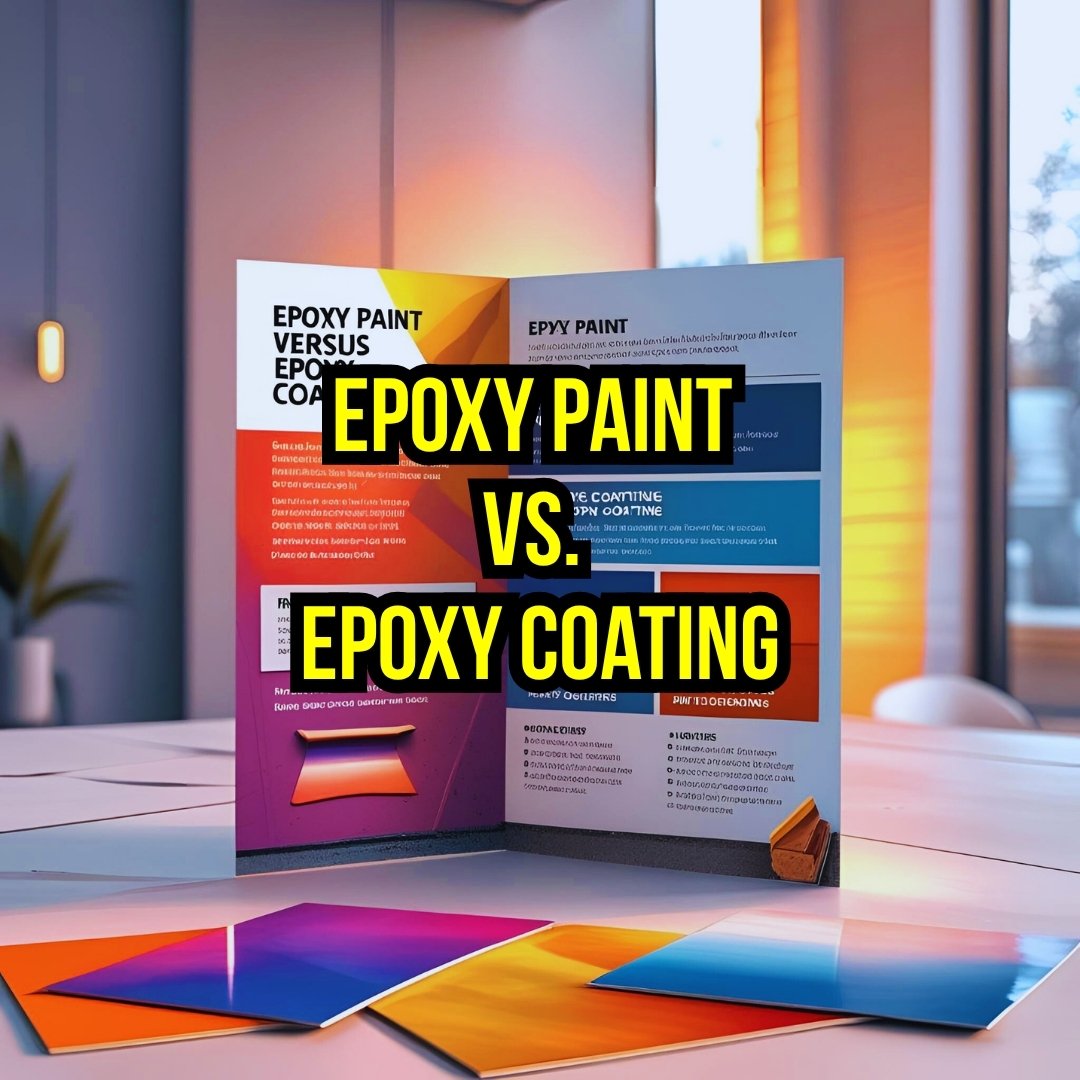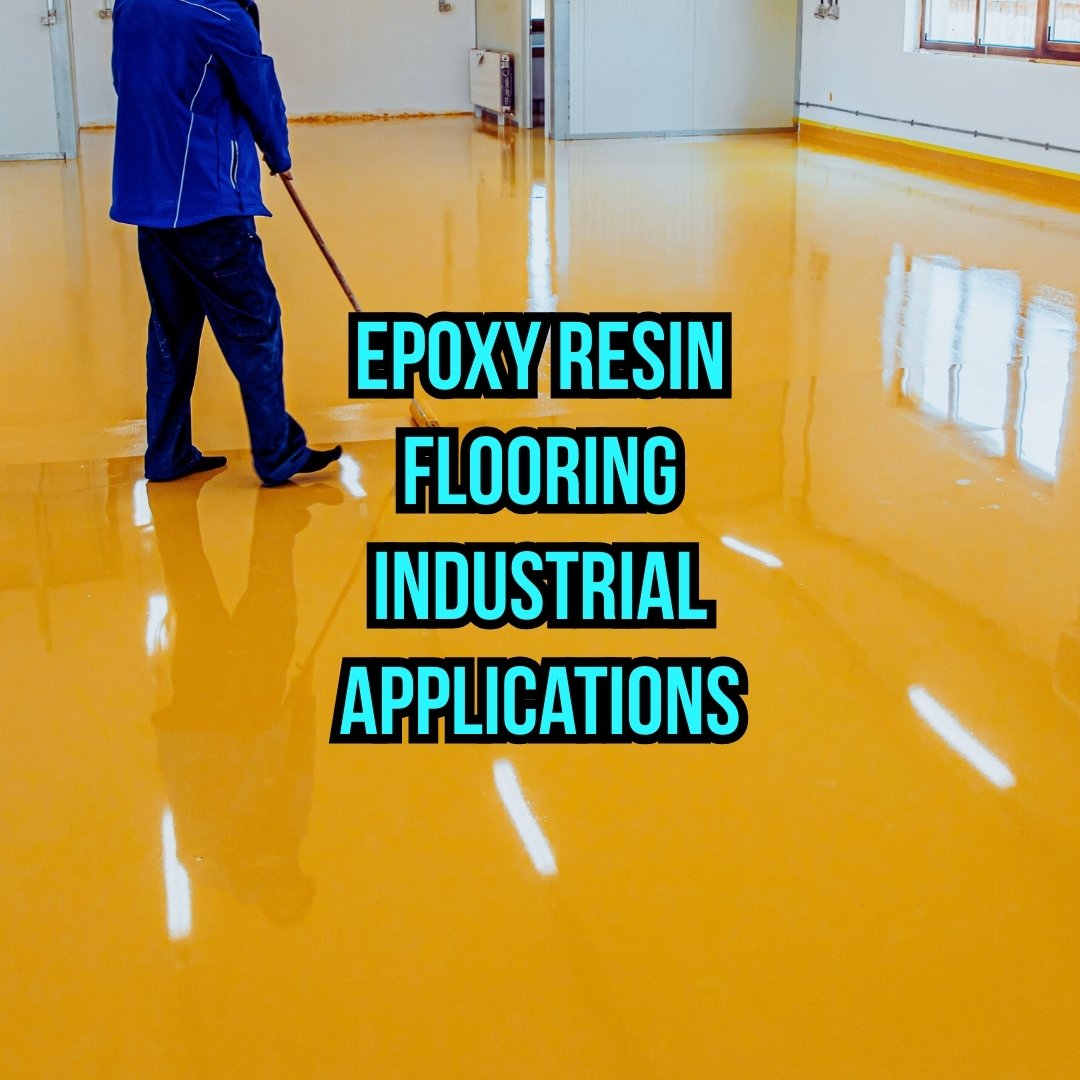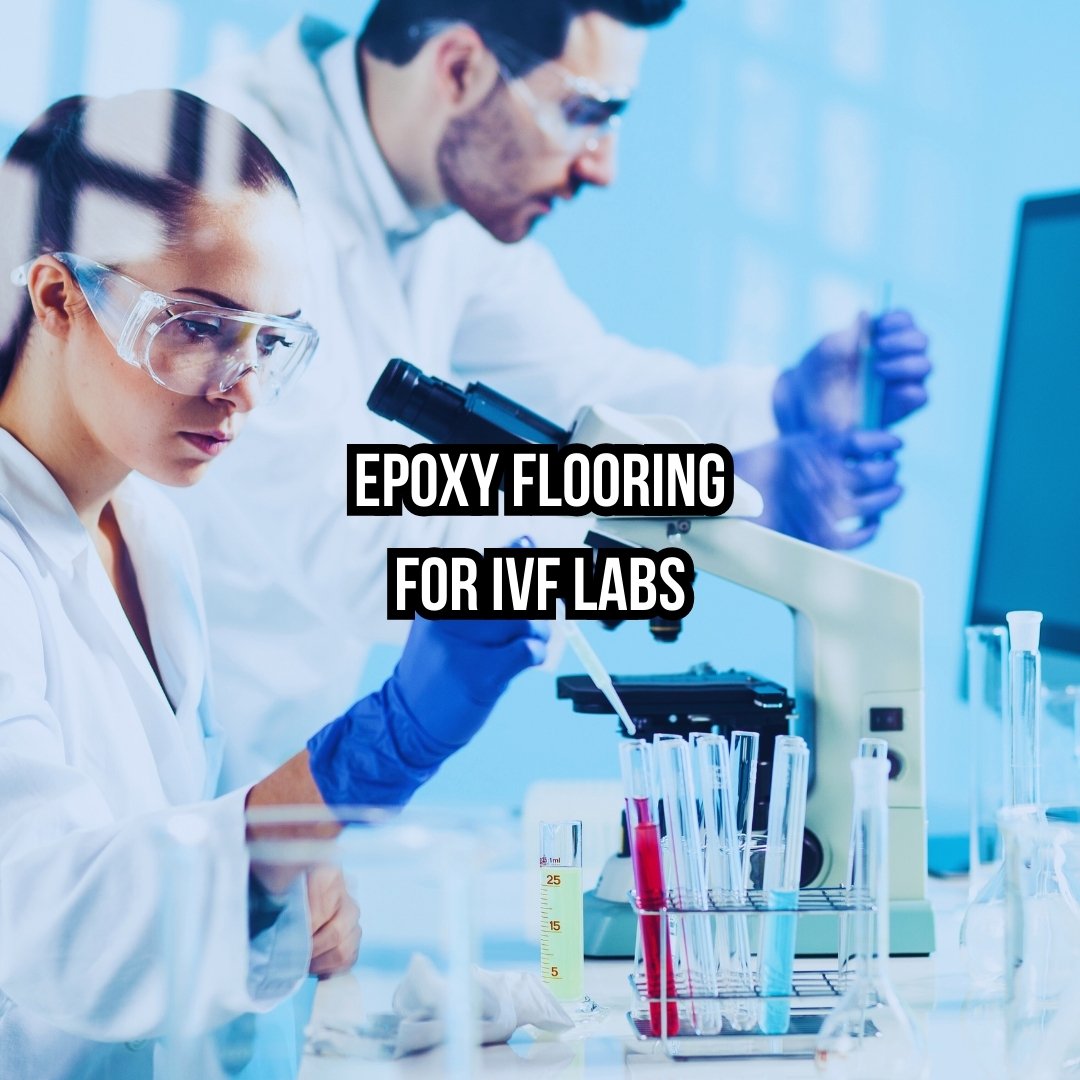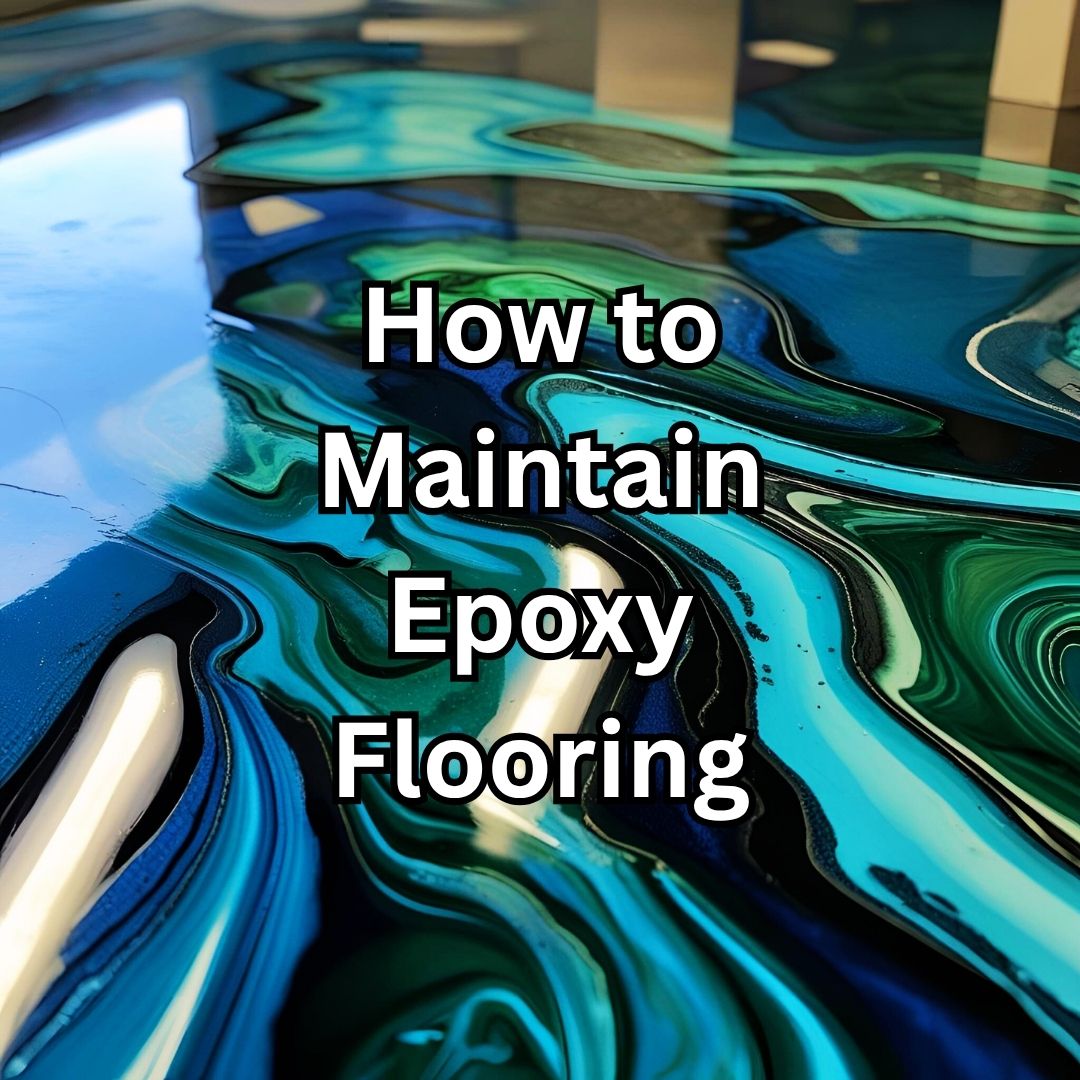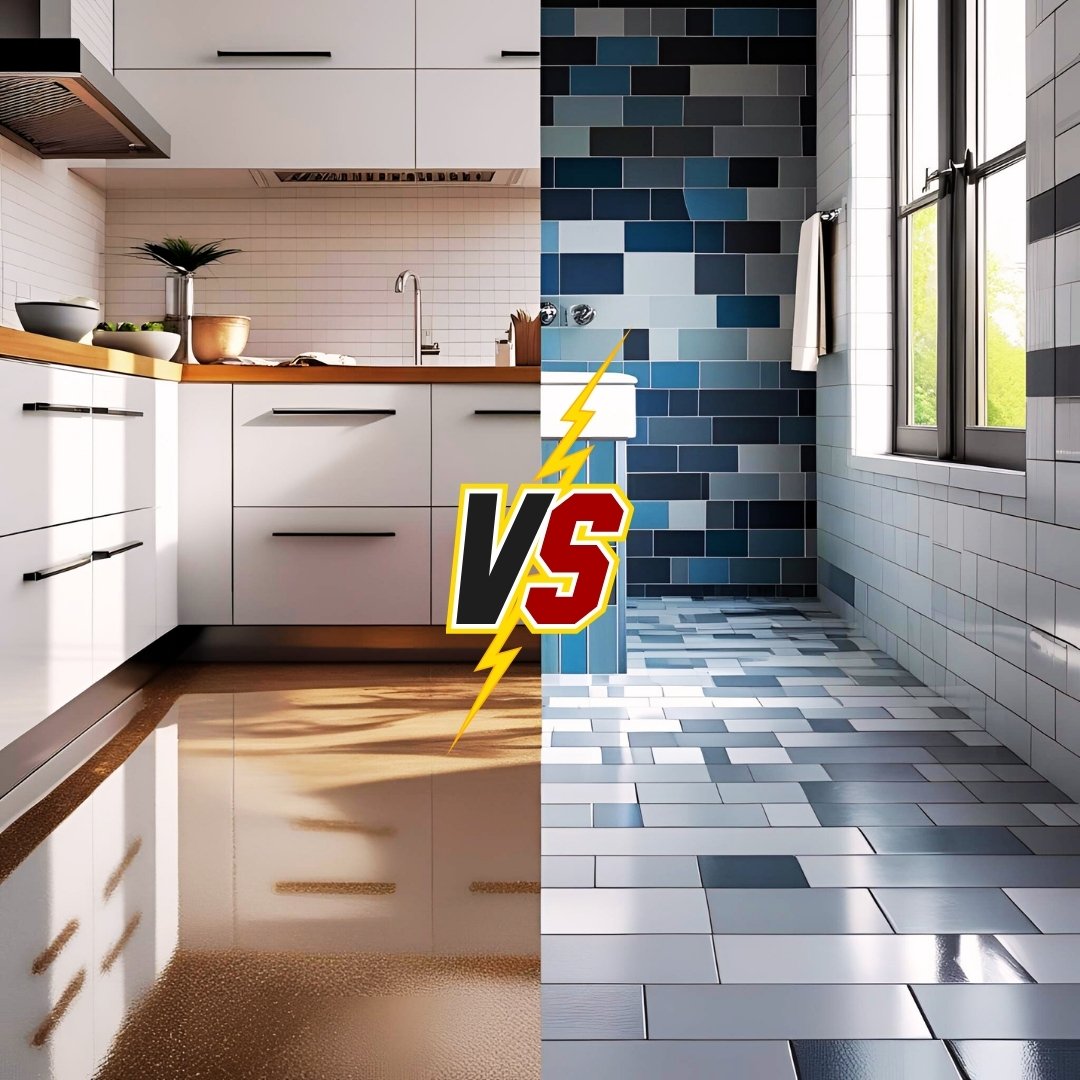
Have you ever wondered why hospitals and modular operating theatres (OTs) demand flooring that’s not just durable but also hygienic and seamless? As someone with years of experience in epoxy and vinyl flooring for healthcare projects, I’ve seen how the right choice can transform a space. Today, let’s explore together how to apply epoxy flooring in these critical environments. But before we dive in, what do you think is the key challenge in hospital flooring—durability, cleanliness, or something else? Reflecting on this will help us appreciate the process.
Understanding Epoxy Flooring in Healthcare Settings
Let’s begin with the basics: What is epoxy flooring, and why might it be ideal for hospitals? Epoxy flooring is a type of resin epoxy flooring created by mixing epoxy resin with a hardener, forming a tough, glossy surface. Imagine a protective layer that’s chemical-resistant and easy to clean—perfect for areas prone to spills and heavy foot traffic. In Ahmedabad’s bustling hospitals, from the busy corridors of Shahibagh to the sterile OTs in Satellite, this flooring stands up to daily rigors.
But pause for a moment: Have you considered how epoxy flooring compares to traditional tiles? Epoxy flooring vs tiles often comes down to seams—tiles have grout lines that trap bacteria, while epoxy creates a seamless finish. This is crucial in modular OTs, where infection control is paramount. Drawing from projects in pharma hubs like Zydus Cadila in Sarkhej, I’ve witnessed how epoxy reduces microbial growth, aligning with NABH standards for hospital flooring.
Now, think about longevity: How long does epoxy flooring last in a high-stakes environment like a hospital? With proper application, it can endure 10-20 years or more, outlasting many alternatives. This durability makes it a smart investment, especially when epoxy flooring cost ranges from ₹150–₹300 per sq. ft., depending on thickness and design.
Why Choose Epoxy for Hospitals and Modular OTs?
Let’s reason together: What makes epoxy flooring a go-to for healthcare? Hospitals face unique demands—constant cleaning, resistance to chemicals, and anti-slip properties. Epoxy resin flooring delivers all this, plus it’s non-porous, preventing moisture buildup that could lead to mold in humid Ahmedabad neighborhoods like Maninagar or Vastrapur.
Consider modular OTs: These prefabricated units require flooring that’s quick to install and compliant with WHO-GMP guidelines for cleanrooms. In my experience working on IVF labs in Bodakdev, epoxy ensures a dust-free surface, vital for sensitive procedures. But what about aesthetics? Epoxy flooring design options include metallic finishes or custom colors, blending functionality with appeal for modern facilities.
Here’s a thought-provoking question: Is epoxy flooring waterproof enough for spill-heavy areas? Absolutely, as it’s impermeable, unlike some porous materials. This ties into pros like low maintenance, but cons include initial odor during curing—something we mitigate with proper ventilation in projects across Gandhinagar and SG Highway.
Preparing for Epoxy Flooring Application
Before applying, let’s ask: What steps ensure a flawless epoxy installation in a hospital? Preparation is key, starting with surface assessment. In older hospitals in areas like Ellis Bridge or Ashram Road, we often deal with concrete substrates that need grinding to remove contaminants.
Think about this: How does the environment affect prep work? In Ahmedabad’s variable climate, moisture testing is essential to avoid bubbling. We use tools like moisture meters to confirm levels below 4%, ensuring adhesion. For new builds in emerging spots like Gota or Thaltej, this step prevents future issues.
A quick list to guide your understanding:
- Inspect for cracks or unevenness—repair with fillers.
- Clean thoroughly, removing oils or old coatings.
- Profile the surface via shot blasting for better bonding.
Reflecting on these, you’ll see why skipping prep leads to failures, something I’ve avoided in countless healthcare projects.
Step-by-Step Guide: How Epoxy Flooring is Done
Now, let’s walk through the application process together. Have you ever pondered the sequence that turns a bare floor into a resilient surface? It begins with priming.
Step 1: Priming the Surface
Why start with primer? This seals the substrate, enhancing adhesion. In hospital settings, we apply a low-viscosity epoxy primer, rolling it evenly. For modular OTs in pharma areas like Intas Pharma in Moraiya, this step ensures no voids.
Consider the drying time: Typically 6-8 hours, but in Ahmedabad’s heat, it might be faster. What factors influence this? Humidity and temperature—always monitor for optimal results.
Step 2: Mixing and Applying the Epoxy Base Coat
Here’s where expertise shines: How do you mix epoxy correctly? Combine resin and hardener in exact ratios, stirring mechanically to avoid air bubbles. Then, pour and spread using squeegees.
In hospitals, we opt for self-leveling epoxy for a smooth finish. Imagine applying this in a cleanroom at Cadila Pharma in Santej—precision is everything. Thickness varies: 2-3mm for standard use, up to 5mm for heavy-duty areas.
Pause and think: What materials are involved? High-quality epoxy resins compliant with BIS standards, sourced reliably to meet healthcare needs.
Step 3: Adding Aggregates for Texture (Optional)
For anti-slip in OTs, why add quartz sand? It creates texture without compromising hygiene. Broadcast aggregates while the base is wet, then seal with a topcoat.
In my projects for warehouses in Vatva, home to Nirma Limited, this enhances safety. But in hospitals? It’s tailored—subtle for OTs, grippier for corridors.
Step 4: Applying the Topcoat
The final layer: What does it achieve? UV resistance and gloss. Roll on a clear polyurethane topcoat for extra protection against disinfectants.
Curing time? 24-48 hours for foot traffic, 7 days for full strength. In fast-paced Ahmedabad hospitals like those in Navrangpura, we schedule off-hours to minimize disruption.
Step 5: Inspection and Finishing Touches
After curing, let’s question: How do you verify quality? Test for adhesion, thickness, and gloss. Any imperfections? Correct them promptly.
This meticulous approach, honed over years, ensures compliance in critical setups.
Integrating Vinyl Flooring Options in Healthcare
While we’re on epoxy, have you considered vinyl as a complementary choice? What is vinyl flooring, and when might it suit hospitals? Vinyl flooring is a flexible, resilient material, often in sheets or tiles, made from PVC.
In modular OTs, sheet vinyl flooring provides cushioning, reducing fatigue for staff. Pros and cons of vinyl flooring: It’s waterproof (yes, is vinyl flooring waterproof? Fully, if seams are welded), cost-effective at ₹150–₹300 per sq. ft., but may dent under heavy equipment.
Luxury vinyl flooring elevates designs for residential or lab spaces. In Ahmedabad’s homes in Vastrapur or Bopal, it’s popular for its wood-like looks. For B2B, like pathology labs in Memnagar, vinyl pairs with epoxy in hybrid setups.
Think about this: Vinyl flooring vs epoxy—which for warehouses? Vinyl for cost in food units in Rakhial, epoxy for chemical resistance in cosmetics factories in Odhav.
Cost Considerations and Value
Let’s explore value: How does epoxy flooring cost factor into hospital budgets? At ₹150–₹300 per sq. ft., it includes materials and labor. For a 1000 sq. ft. OT, that’s ₹1.5-3 lakhs—affordable for long-term savings.
Similarly, vinyl flooring cost mirrors this, making both accessible. In prime areas like CG Road or Drive In Road, where real estate is premium, these options maximize ROI.
What influences price? Customization, like epoxy flooring tiles for patterns or vinyl flooring sheets for seamless installs.
Maintenance and Longevity
Have you thought about post-install care? How long does epoxy flooring last with proper upkeep? Decades, if cleaned daily with neutral pH solutions.
Refer to our guides on maintaining epoxy floors and maintaining vinyl floors for tips. In humid spots like Isanpur or Ghodasar, avoid abrasive cleaners to preserve shine.
For hospitals, this means fewer disruptions, aligning with NABH protocols.
Case Studies from Ahmedabad
Let’s draw insights from real scenarios: How has epoxy transformed local healthcare? In a modular OT project near Torrent Pharma in Bhat, we applied epoxy for seamless hygiene, reducing infection risks.
Similarly, for IVF labs in Jodhpur, vinyl provided acoustic benefits. Backed by AUM Industries, we bring technical expertise and end-to-end flooring execution services tailored for Ahmedabad’s industries and homes.
Curious about more? Explore our epoxy flooring in Ahmedabad or vinyl flooring in Ahmedabad pages.
Comparing Epoxy and Vinyl for Different Applications
To deepen understanding, let’s compare:
- Hospitals & OTs: Epoxy for durability; vinyl for comfort.
- Pharma Cleanrooms: Epoxy in Claris Lifesciences, Naroda; vinyl in less abrasive zones.
- Residential: Epoxy flooring for homes in Satellite; vinyl in warehouses in Changodar, home to Aurobindo Pharma.
- Labs & Factories: Resin epoxy for chemicals in Gujarat Themis Biosyn, Vatva; PVC vinyl flooring for electronics in Kathwada.
What stands out? Versatility—choose based on needs.
If you’re pondering options, why not reach out for a consultation? Our team at epoxyvinylflooring.com can guide you.
Challenges and Solutions in Application
Reflect on potential hurdles: What if the substrate is uneven in old structures like those in Kalupur or Khadia? We level it with self-leveling compounds.
In high-traffic areas like Sabarmati or Sardar Nagar, reinforce with fibers. For cleanrooms in Eris Lifesciences, Santej, ESD variants prevent static.
These solutions, informed by experience, ensure success.
Sustainability and Trends
Have you considered eco-aspects? Modern epoxy uses low-VOC formulas, aligning with green building in Thaltej or Sola.
Trends: 3D designs in epoxy flooring design for engaging spaces. In Ahmedabad’s educational labs in Naranpura, this boosts appeal.
For vinyl, recycled options reduce footprint.
FAQs
- What is epoxy flooring, and is it suitable for my home in Vastrapur? Epoxy is a durable resin coating. Yes, for residential epoxy flooring—think seamless kitchens.
- How epoxy flooring is done in modular OTs? Through priming, base coat, and topcoat, as detailed earlier.
- Epoxy flooring near me in Ahmedabad—where to start? Contact us at epoxyvinylflooring.com for local expertise.
- What is luxury vinyl flooring, and its pros and cons? Premium vinyl mimicking natural materials; pros: waterproof, cons: potential for scratches.
- Vinyl flooring near me—costs in Gujarat? ₹150–₹300 per sq. ft.; ideal for homes or labs.
- How long does epoxy flooring last in hospitals? 10-20+ years with maintenance.
- Any Ahmedabad-specific tips for vinyl flooring in pharma areas like Sarkhej? Ensure GMP compliance; we tailor for local humidity.
Final Thoughts and Next Steps
As we’ve reasoned through this, what insights have you gained about applying epoxy in hospitals? It’s more than installation—it’s about safety and efficiency.
Ready to transform your space? Contact us today at epoxyvinylflooring.com, email amit@aumindustriesmfg.com, or WhatsApp +91-9274313580. Visit our office at World Trade Tower, A-617, Sarkhej-Gandhinagar Highway, Makarba, Ahmedabad, Gujarat 380051. Let’s discuss your project—backed by AUM Industries’ expertise.
For more, check about epoxy vinyl flooring, FAQs, or contact. Also, learn from AUM Industries.

